Synthux Academy Simple: Build your own synthesizer
Simple is a versatile DIY platform for synthesizer design for musicians who want to learn how to code and make their own instruments.
Simple
The concept is to give musicians the tools to craft their own electronic instruments. So that rather than playing with someone else’s designs, modules or synths, you can instead put together the perfect instrument for yourself. In many ways, that, for me, is what modular synthesizers are all about. However, with Simple, the Synthux Academy wants to take us a bit deeper into the design of the functions themselves.
Synthux Academy is a community of makers, musicians, developers, engineers, designers and teachers who work together to build instruments and other awesome things. They developed Simple as a platform to allow people to build synths in a fun and engaging way that’s easier than prototyping on a breadboard or designing PCBs.
What is it?
Simple is a prototyping board that lets you build a synth by adding knobs, switches and inputs/outputs on the preconfigured PCB board. The whole thing is run by a Daisy Seed, Teensy, Arduino Nano or similar microcontroller, so that’s where the synthesis lies. You’re not really building circuits, you’re constructing the control system and audio routing for a device you’ve designed in software.
The board has 80 slots (or “footprints”) for placing and soldering components. Each footprint can hold a B10K potentiometer, a switch or a minijack socket, and they are connected internally by a single wire to a 48-pin patchbay for connecting to the microcontroller. If you do want to build other analogue circuits into your design, then there’s a “perfboard” section at the bottom right for connecting to other circuits.
The Simple PCB is powered by USB. It can physically fit into Eurorack and is 42HP wide but you will need to add your own Eurorack power and buffers for the inputs and outputs. So, it’s not really about Eurorack, this is more of a desktop thing.
You are currently viewing a placeholder content from YouTube. To access the actual content, click the button below. Please note that doing so will share data with third-party providers.
It’s all in the code
What’s not very clearly explained is that the basis of all this synthesis is in the microcontroller. So you’re not learning analogue circuit design, you’re learning how to program synthesis in software. You can plug in as many knobs and sockets as you like, but it’s not going to do anything without coding.
I guess maybe it’s too obvious to mention. Many modules and synths are made with these little microcontrollers, and they are fabulously powerful. I feel Synthux Academy needs to show that fairly fundamental part of the process, so we have a better idea of what we’re actually dealing with and hoping to learn.
In any case, Synthus Academy are very much into the idea of teaching you every aspect of synth design. From synthesis and programming, learning C++ and DSP programming, to product design and prototyping. So the Simple PCB is not a product in isolation, it comes with a bunch of video instruction and a community of makers to support you in your endeavours.
Bundles
Currently, there are three ways to get into Simple. Firstly you can buy the Simple PCB from a DIY store such as Thonk for £39 and source your own pots, switches, sockets and microcontroller. Or you can get one of two bundles from Synthus Academy direct.
The first “Simply Brainless” bundle comes with the PCB and a bunch of components for €159 ex VAT and you’ll need to have your own microcontroller. Or the bigger “Simply Packed” bundle adds a load more components and includes the Daisy Seed microcontroller. Both bundles come with lifetime access to the upcoming video courses. You can preorder the bundles now, and they’ll be available in September.
I’d quite like to see a Eurorack bundle that includes the necessary parts to make it correctly interface with a Eurorack system.
Simple enough?
This looks like a brilliant approach to synth design. Electrosmith has been pushing these sorts of DIY concepts with their Daisy microcontroller for a little while, and I’ve always found them very tempting. Simple seems to further simplify the idea and makes it even more attractive. What keeps me from diving in is that I struggle to find much enthusiasm for learning how to code. I know the benefits could be awesome, but it doesn’t thrill me quite like learning how actual components come together to build an analogue circuit. So, they might want to think about ways to big-up the coding side and make it appear more exciting. But for people who like to code or would like to embrace this journey into synth design, then it looks completely marvellous.
- Synthux Academy website.
You are currently viewing a placeholder content from YouTube. To access the actual content, click the button below. Please note that doing so will share data with third-party providers.
4 responses to “Synthux Academy Simple: Build your own synthesizer”
 4,5 / 5,0 |
4,5 / 5,0 | 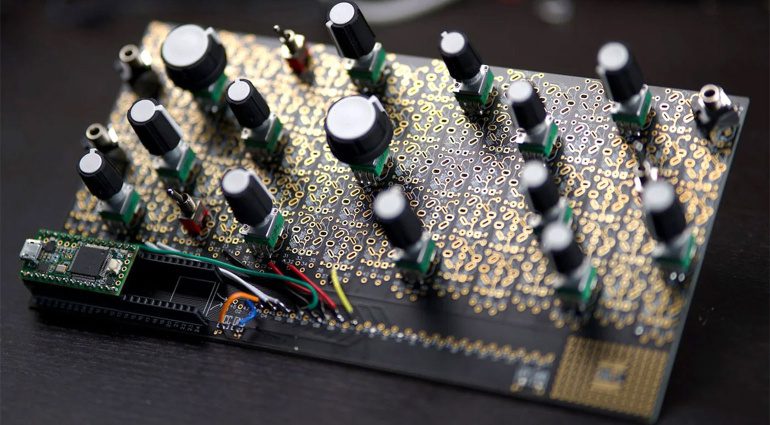


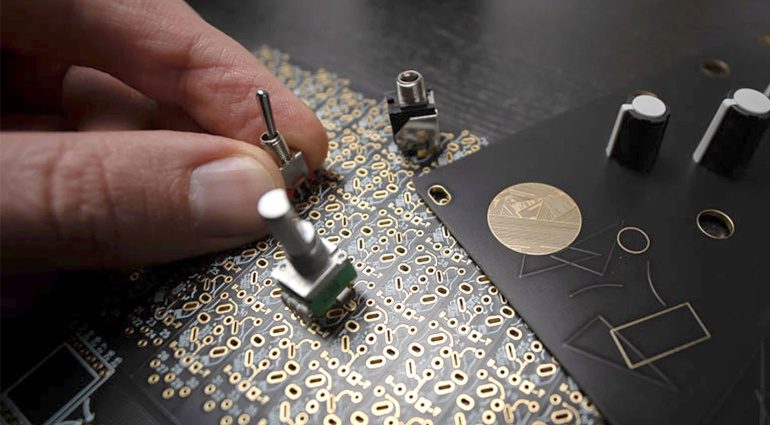





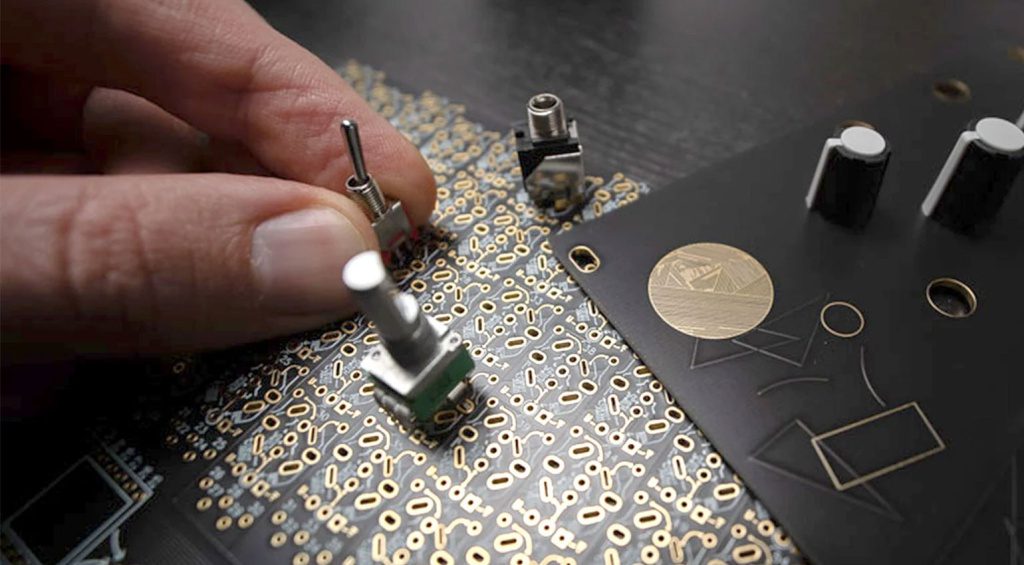
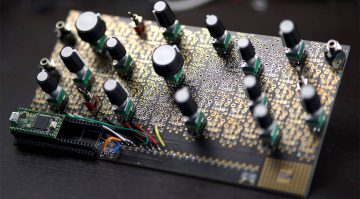

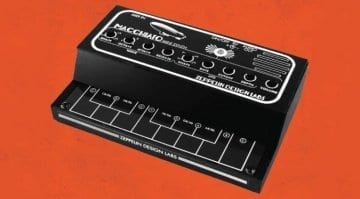
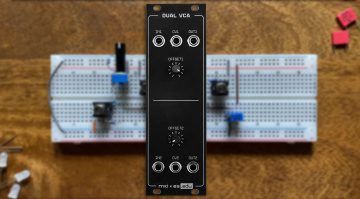
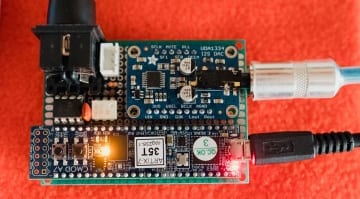

welp, that’s one way to achieve copper thieving in a totally confusing manor.
Sorry? What does that mean?
And to thinkthatgary numan had a number one hit in 1979 using a minimoog with 3 op amps as oscillators
The reality of the synth world is… we need more programmers who understand instrument usage. The gap is still too wide between synth users and synth designers.